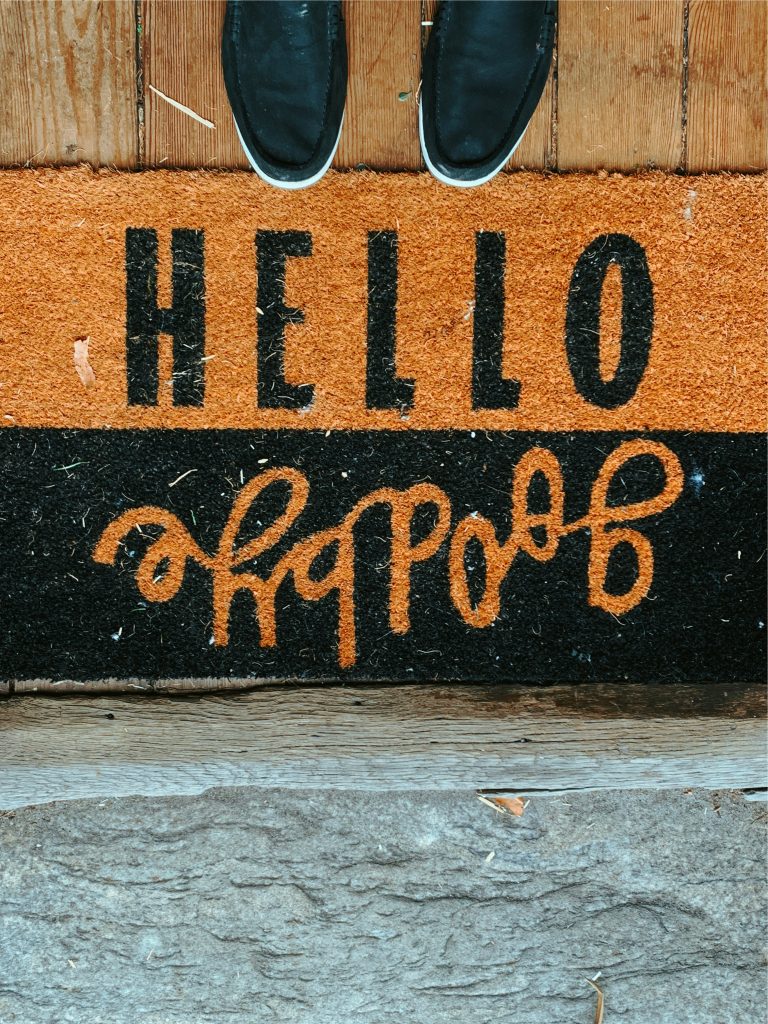When you’re caring for someone in their late 90s, you can become fairly familiar with the local emergency room. One night while I was out, Mom fell by her front door. She pushed herself about 15 feet on her back into the kitchen, where she managed to pull the landline off the counter (amazingly, without it hitting her in the head) and called the building’s doorman to come upstairs and pick her up. When he arrived, he got her into a chair and called both 911 and me. In a conference call from Mom’s living room, we all tried to convince her to go to the ER. She refused.
She fell again a few weeks later, and this time refusal was not an option. The EMTs took her by ambulance to Montefiore Hospital in the Bronx. It was February 2020. COVID had begun and flu season was in full swing. When I walked in, looking for my 98-year-old mother, it was like an episode of Grey’s Anatomy after the plague had hit Seattle.
Bleary-eyed, sniffling, coughing people were everywhere—on gurneys, on the floor, in the hallways. The staff were trying to hand out hospital masks, to no avail. Mom was in the back on a gurney behind a curtain, with the patients surrounding her close enough to touch. She kept pulling down her mask to talk (or breathe), and she wanted to go home. I did too. I was convinced she was going to catch something and die there.
Around 2 a.m., the hospital found a bed for her upstairs, even though it was never made clear why they were keeping her. All I got was “precautionary.” I went home to sleep; she stayed for two nights in a hospital that would become a morgue for COVID patients within a month.
When I picked her up, I asked her what she’d been doing for two days. “Nothing. Just lying in bed. Once in a while, someone would come in and ask me questions or check my pressure.”
At home, I helped her out of the car, and she started walking into the apartment building—and after maybe 30 feet, she had to sit and rest. That was odd. She never had to rest before. After the few steps to the elevator, she had to rest again. When she got back to the apartment, she took off her coat and plopped into her chair, exhausted.
Two days in the hospital and she’d lost her strength. She needed to go to rehab.
But when I called the hospital, a nurse told me they couldn’t send her to rehab because they’d released her—once she was out of the hospital, their work was done unless I brought her back to the emergency room. I wasn’t bringing her back to that petri dish, so I asked how they could release her when she was unable to walk.
The nurse told me a therapist had met with Mom in the hospital and said she was able to walk 100 feet. If you can walk 100 feet, you’re fit to go home. When I asked Mom if this was true, she said the longest walk she took was maybe 10 feet to the bathroom. Her memory wasn’t great, but she would remember if she’d walked 100 feet.
I called the nurse back and told her the therapist was off by about 90 feet. She said I could file a complaint. She stressed, however, that there was nothing they could do—they can’t send someone to rehab if the person is no longer a patient. I wrote a letter to the hospital, and by the time I got a letter back (which, of course, sided with their own therapist and not the 98-year-old patient who may not have remembered correctly), COVID was in full blast, and I couldn’t send her to rehab anyway. Too dangerous.
Thankfully, by this time, we had a five-days-a-week aide. Lakita (who was young and awesome and had a big giggle) took Mom for walks up and down the building hallway. Two laps was around 100 feet and it took a week or so to build back up to that. This became her activity and she looked forward to it. She couldn’t go sit in the lobby and hold court, because building management had removed all of the chairs (thanks, COVID).
Eventually, we were able to get a physical therapist to come a few times a week (it was something to do and Mom relished it), and we were able to get an occasional check-in visit from the great Nicole, from Visiting Nurses of New York. Mom made progress and for the most part, everything seemed smooth.
Until the flood.

Howard Gensler is a veteran journalist who has worked at the Philadelphia Daily News, TV Guide and the Philadelphia Inquirer and has freelanced for dozens of magazines and websites. Gensler wrote the story for the 2012 movie Hysteria, starring Maggie Gyllenhaal and Hugh Dancy. In between jobs, he worked as a caregiver for his mom.



